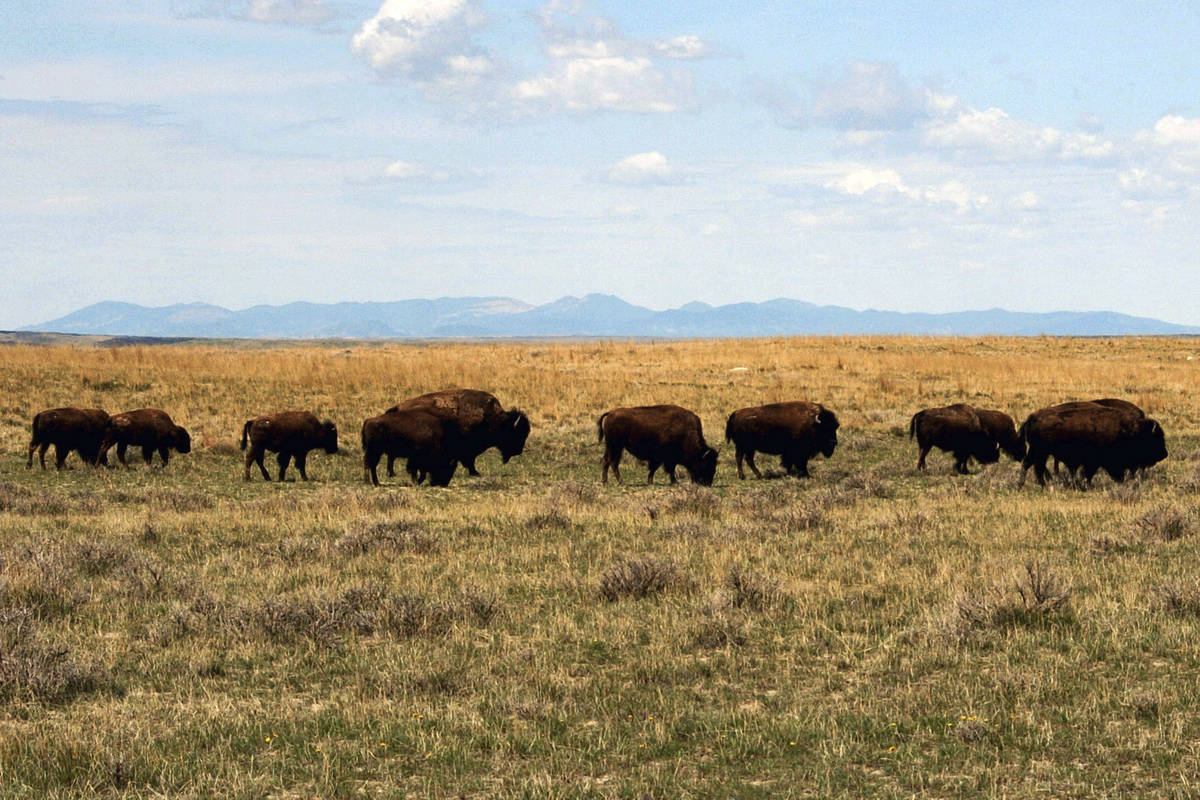COMMENTARY: An exercise in good government
Despite recent complaints to the contrary, it turns out the Trump administration’s decision to relocate the Bureau of Land Management headquarters from Washington, D.C., to the American West was the epitome of good governance.
Documents provided last month to Congress and the Government Accountability Office confirm not only that the decision was well-informed, but also that it was implemented efficiently, effectively and with an eye toward affected career civil servants. Moreover, despite overblown chatter from the inside-the-Beltway media, Congress, with bipartisan support, approved funding of the move and reaffirmed that support recently.
Meanwhile, state, tribal and local officials, the diverse collection of stakeholders who use the public lands and Western neighbors are getting accustomed to having top BLM decision-makers a nearby drive at the edge of the Great Basin in Grand Junction, Colorado, rather than up to four time zones away. All of them also appreciate that the BLM’s top subject matter experts are located now, not in the District of Columbia, but in the Western states that most need their knowledge and expertise. Westerners will no longer have to travel cross country regarding BLM issues. Neither will officials now in the West, closest to the resources and people they manage.
On July 16, 2019, then-Secretary of the Interior David L. Bernhardt delivered to Congress the proposal for the relocation of nearly 600 BLM headquarters employees. After all, 99.99 percent of the 245 million acres administered by the BLM are in the West and Alaska, as are 97 percent of the BLM’s employees.
On Aug. 10, Secretary Bernhardt formally established the Robert F. Burford headquarters, named after the longest-serving BLM director, a Grand Junction native, with a staff of 41 senior officials and assistants. Meanwhile, 76 positions were assigned to BLM state offices in vibrant Western communities such as Billings, Boise, Reno, Salt Lake City and Cheyenne to meet critical needs. Scores of other positions were assigned to the states that required their expertise. For example, wild horse and burro professionals were relocated to Nevada, home to nearly 55 percent of these Western icons. Retained in Washington were 61 positions, including those addressing public, congressional and regulatory affairs, Freedom of Information Act compliance and budget development.
Despite the dislocating impact of the COVID-19 pandemic, the BLM successfully filled hundreds of long-vacant positions as well as those that opened because of the move West. The BLM saw impressive numbers of applicants for these positions; in fact, so numerous were they that the BLM capped the number of eligible applicants to no more than 50. Obviously, reduced commuting times (often from hours to minutes), lower cost of living and opportunity to access vast public lands for recreation made these jobs attractive to potential employees. Many, if not most, applicants stated they would not have applied for the sought-after positions had the positions been based in Washington, D.C. At the same time, positions based in the West attracted Westerners with the skills needed to meet the BLM’s multiple-use, sustained-yield mandate, disproving the claim that the BLM was suffering a “brain drain.”
We recognized that, despite its attractions, not everyone employed by BLM in Washington, D.C., could move West. For them, we adopted a hands-on approach, with all-employee briefing and question-and-answer sessions, regular email communications and a website devoted to the move with frequently asked questions. Two human resources teams deployed to assist employees wishing to remain in federal jobs in the D.C area. All were placed in new opportunities successfully.
At the end of the day, the BLM’s move West incurred no legal challenges, no formal Equal Employment Opportunity or U.S. Merit Systems Protection Board complaints and no adverse union activity. It is hard to please everyone, but the BLM did it, putting the lie to assertions, by some, that the BLM was trying to “fire” federal employees.
The total cost of $17.9 million for relocation incentives, permanent change of station moves, temporary labor, travel, printing, rent, supplies, equipment, and other contracts will in the end save money for the American people. For example, in fiscal 2020, the BLM estimated $1.6 million in travel costs savings, which will grow slightly over time, and $1.9 million in savings from its terminated lease in Washington, D.C. By October 2022, the BLM move West will generate a net savings of $3.5 million, which the following fiscal year will increase to $10.3 million.
Those funds can be devoted to reducing the risk of wildfires, increasing recreational opportunities, conserving public lands and addressing tough issues such as wild horses and burros. Moreover, those funds will be used more wisely thanks to the synergy of senior, seasoned managers working closely with the BLM employees in the field while in near daily contact with Western officials, stakeholders and neighbors.
William Perry Pendley, an attorney and Wyoming native, was deputy director of policy and programs at the Bureau of Land Management during the Trump administration.






















